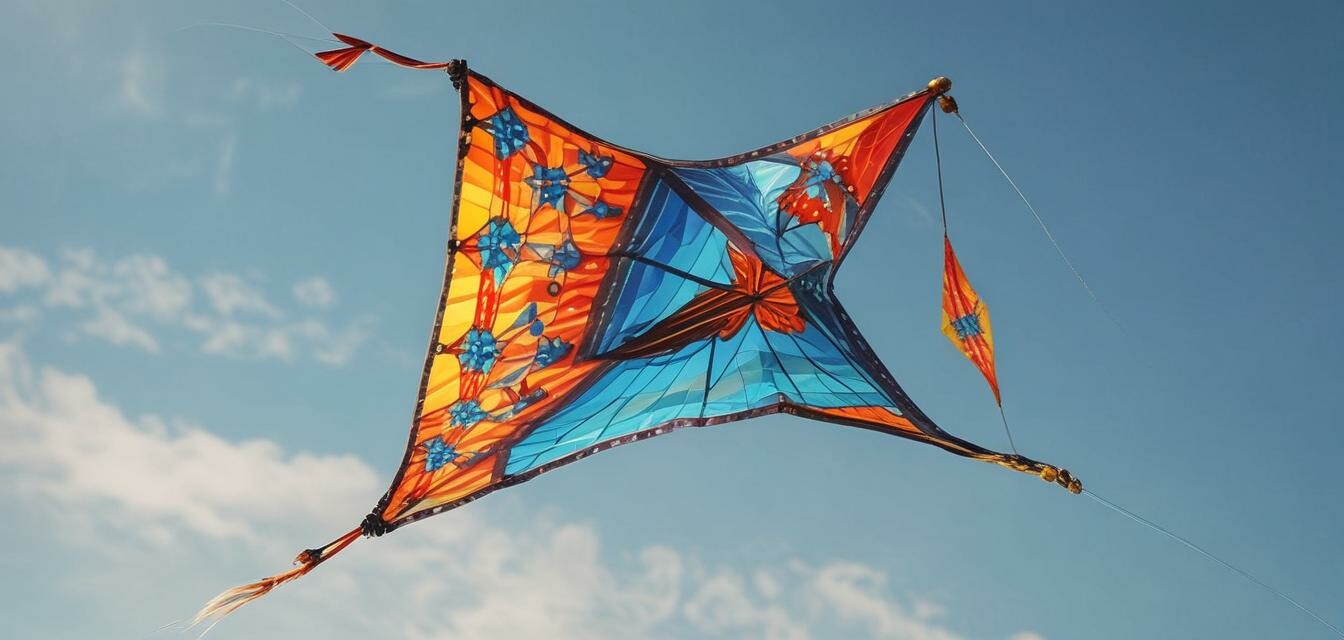
How to Repair and Maintain Your Kite
- Regular maintenance can significantly extend the life of your kite.
- Common issues can often be repaired with simple tools and techniques.
- Understanding the parts of your kite is crucial for effective repairs.
- Proactive care helps prevent damage from weather conditions.
- Utilize quality kite accessories for longer durability.
Welcome to our comprehensive guide on kite maintenance and repair! Whether you are a novice flyer or a seasoned expert, keeping your kite in top shape is essential for a delightful flying experience. This article provides valuable insights into the practical steps you can take to prolong the life of your kite and effectively troubleshoot common issues. Let’s dive into maintaining your beloved outdoor gear!
Understanding Your Kite's Anatomy
A successful maintenance and repair strategy begins with understanding your kite's components. Here’s a look at the essential parts of a kite:
| Component | Description |
|---|---|
| Frame | The structure that supports the kite. |
| Fabric | The material that catches the wind to lift the kite. |
| Bridle | The string system that connects the frame to the flying line. |
| Tail | Extra weight that helps stabilize the kite in the air. |
| Line | The string used to control the kite. |
Regular Maintenance Tips
Here are some essential maintenance tips to ensure your kite stays in perfect condition:
- Inspect regularly: Check your kite for any signs of wear and tear before flying. Look for frayed lines, worn fabric, and cracks in the frame.
- Clean your kite: After each use, wipe down the frame and fabric with a soft cloth to remove dirt and debris.
- Store properly: Always store your kite in a cool, dry place away from direct sunlight to prevent fading and degradation of materials.
- Use a protective case: A good quality kite bag can protect your equipment from elements and accidental damage.
Troubleshooting Common Issues
If you encounter issues while flying your kite, consider these common problems and their solutions:
| Issue | Solution |
|---|---|
| Kite won't fly | Check the wind conditions and ensure the bridle lines are adjusted correctly. |
| Frayed fabric | Sew any tears using strong thread or patch with durable fabric patches. |
| Broken frame | Replace broken sections with new rods or use tape to reinforce the damaged area temporarily. |
| Unstable flight | Ensure the tail is attached correctly and adjust the bridle for better balance. |
Repair Techniques
When your kite requires repairs, following the right techniques is important:
Repairing the Fabric
For repairing fabric problems, consider using:
- Fabric glue: Ideal for small tears or holes.
- Patches: Use fabric patches for larger areas; make sure to match the fabric closely.
- Sewing: Use a needle and thread for a strong hold on larger tears.
Fixing the Frame
If your frame is damaged, you can:
- Replace broken parts: Purchase new frame pieces that fit your kite model.
- Reinforce: Use duct tape as a temporary solution until you can replace the parts properly.
Essential Kite Accessories
To ensure you have everything you need for repairs and maintenance, here are some essential accessories:
- Kite string
- Fabric patches
- Tool kit (scissors, needle, thread)
- Kite bag
- Repair tape
Conclusion
By following the right techniques for maintenance and repair, you will ensure that your kite remains a source of joy for many seasons to come. Whether you are troubleshooting small issues or carrying out regular maintenance, taking these simple steps can enhance your kite flying experience. Don't forget to check out our kite accessories to keep your gear in top condition. Happy flying!
Tips for Beginners
- Start with an easy-to-fly kite to build confidence.
- Choose open spaces free of obstacles for flying.
- Familiarize yourself with the wind conditions before flying.
- Practice launching and landing your kite with a helper.
- Maintain a steady tension on the line for better control.
Pros
- Increases kite longevity.
- Enhances flying performance.
- Provides practical skills for repairs.
Cons
- May require initial learning curve.
- Some repairs can be time-consuming.
Explore more tips and techniques in our Tips and Techniques section to become a master kite flyer!